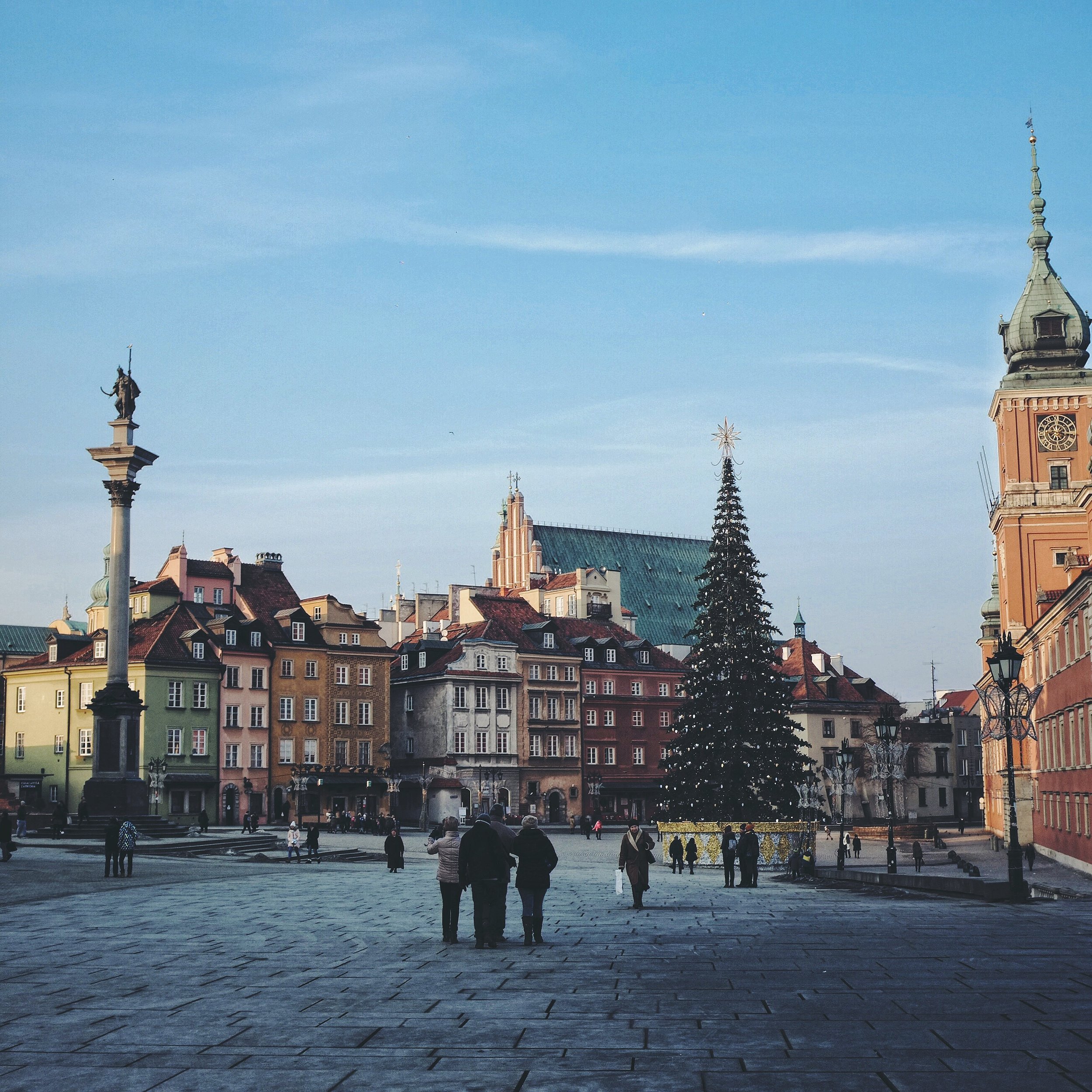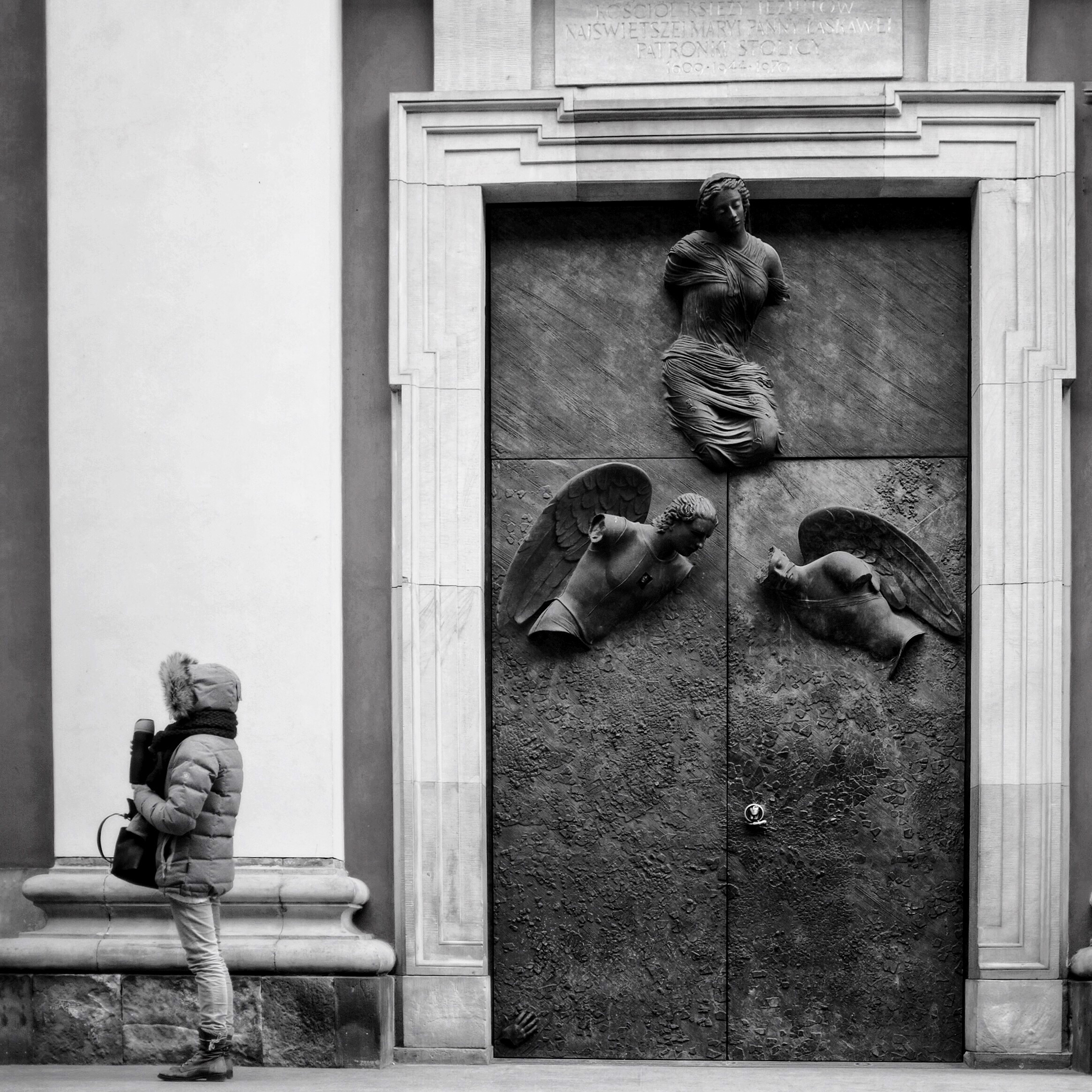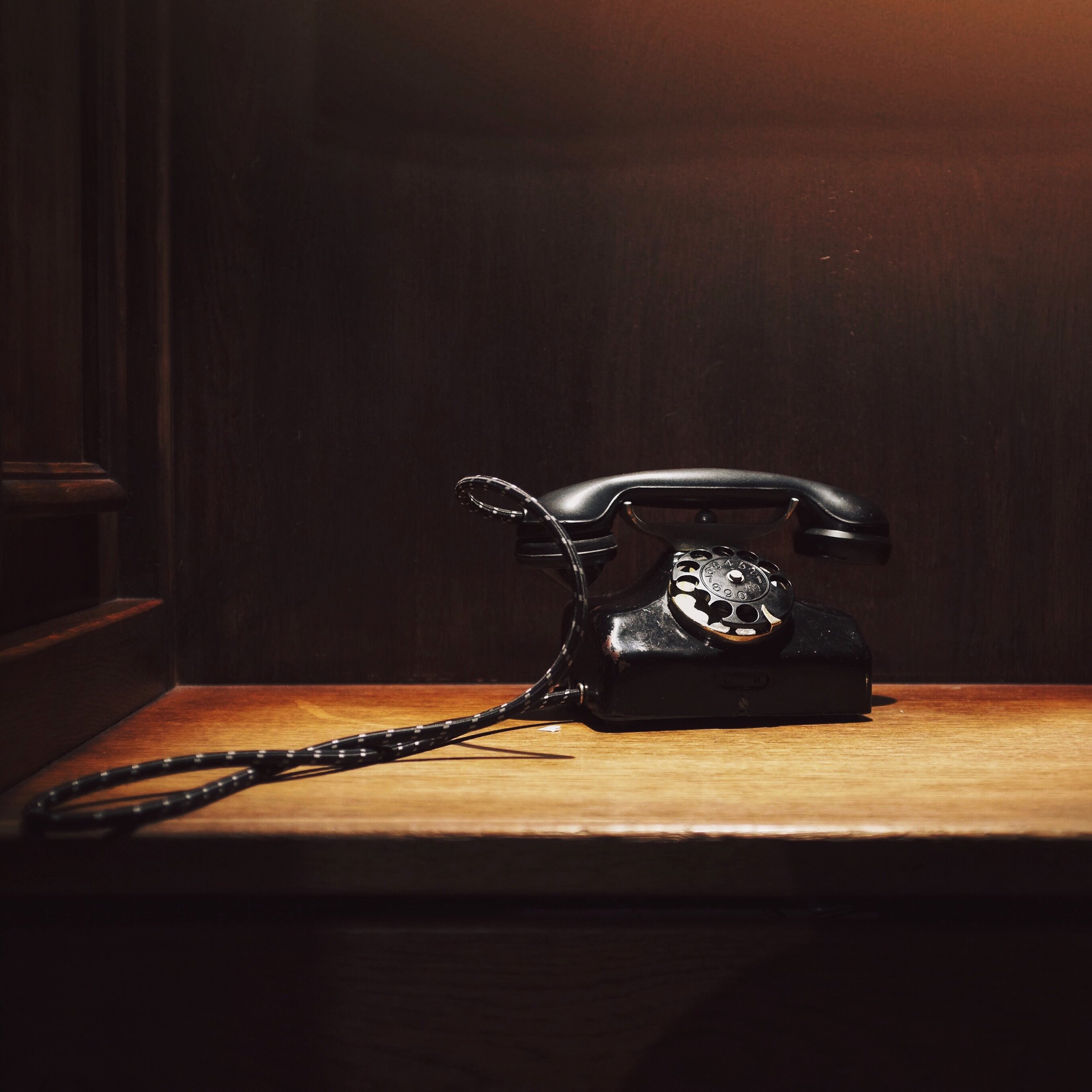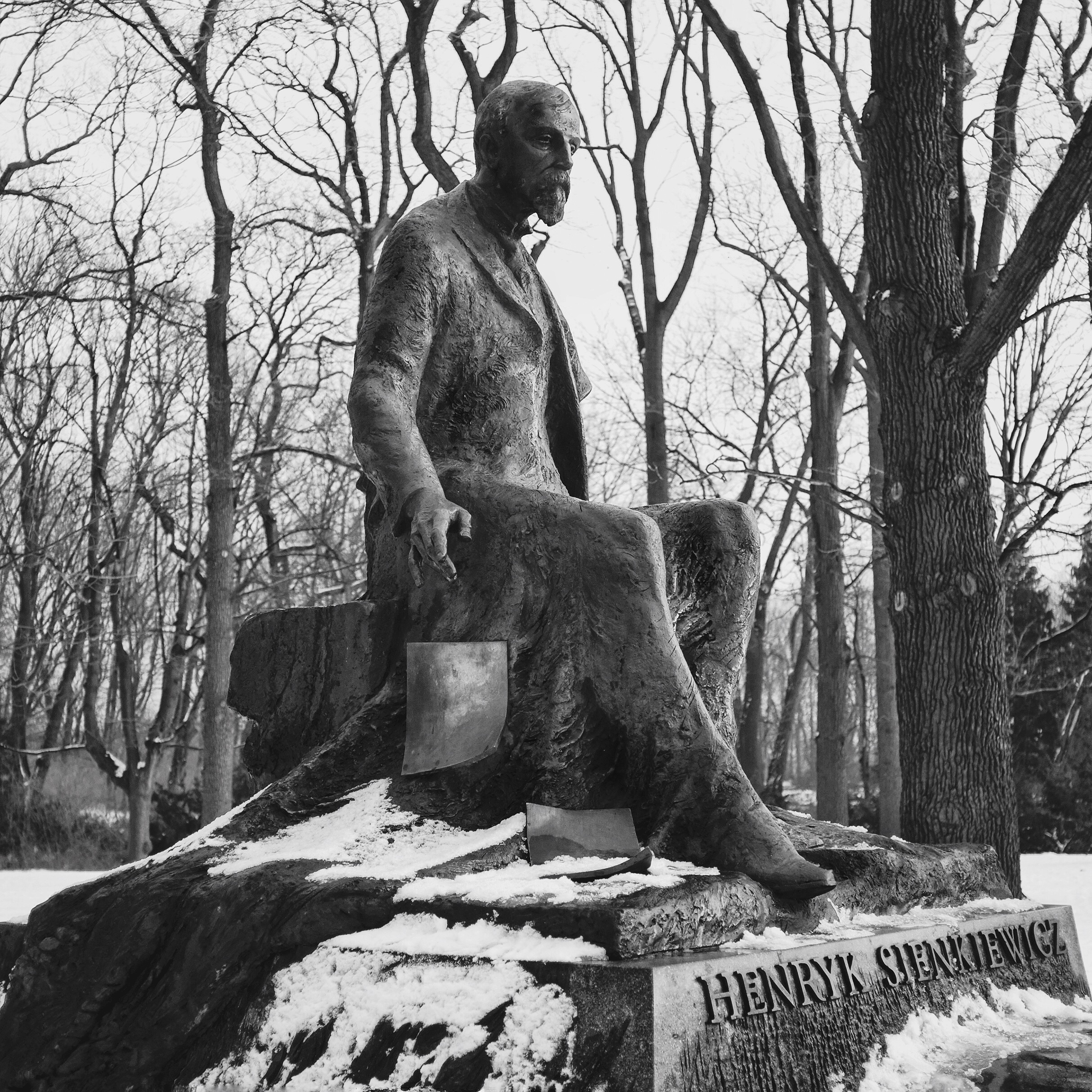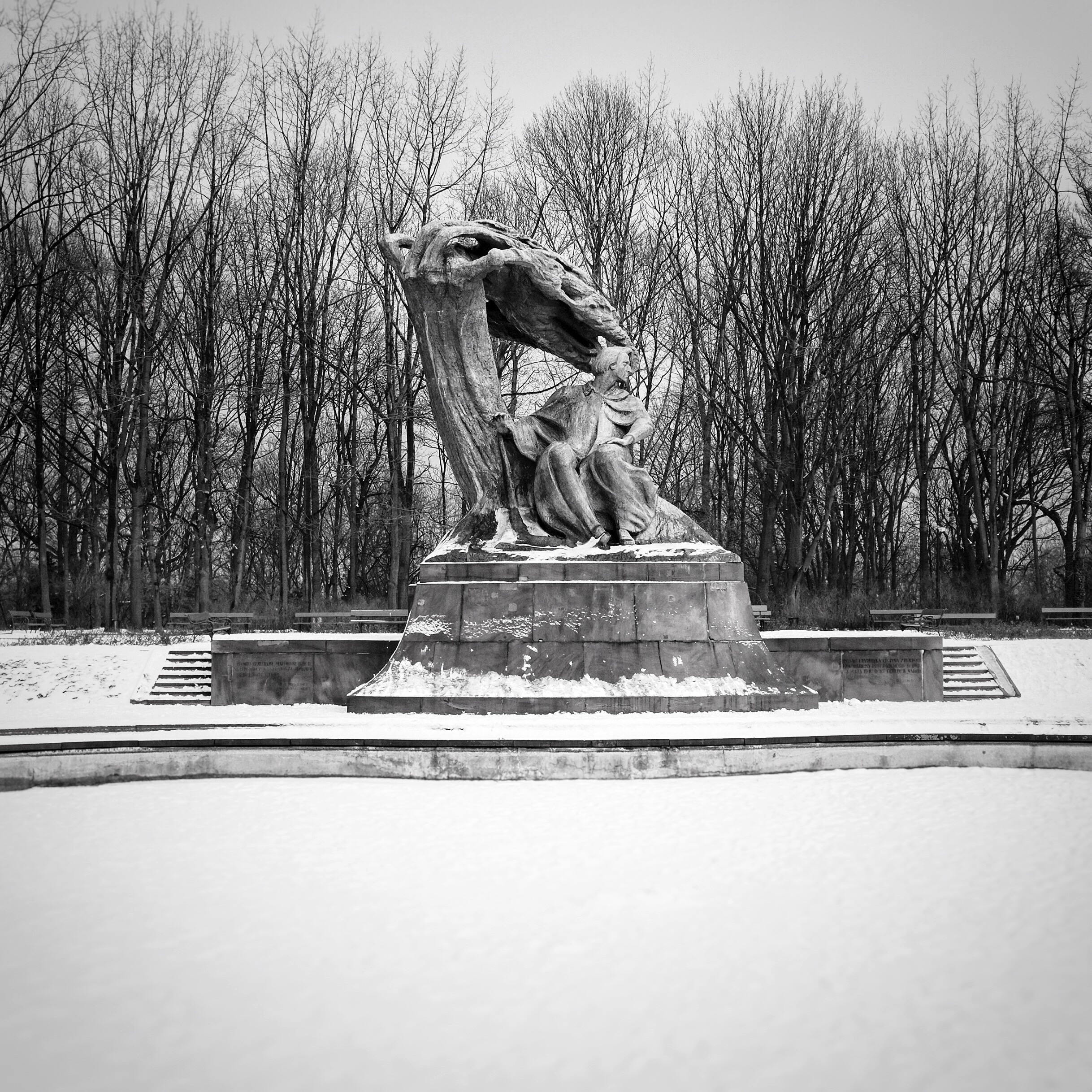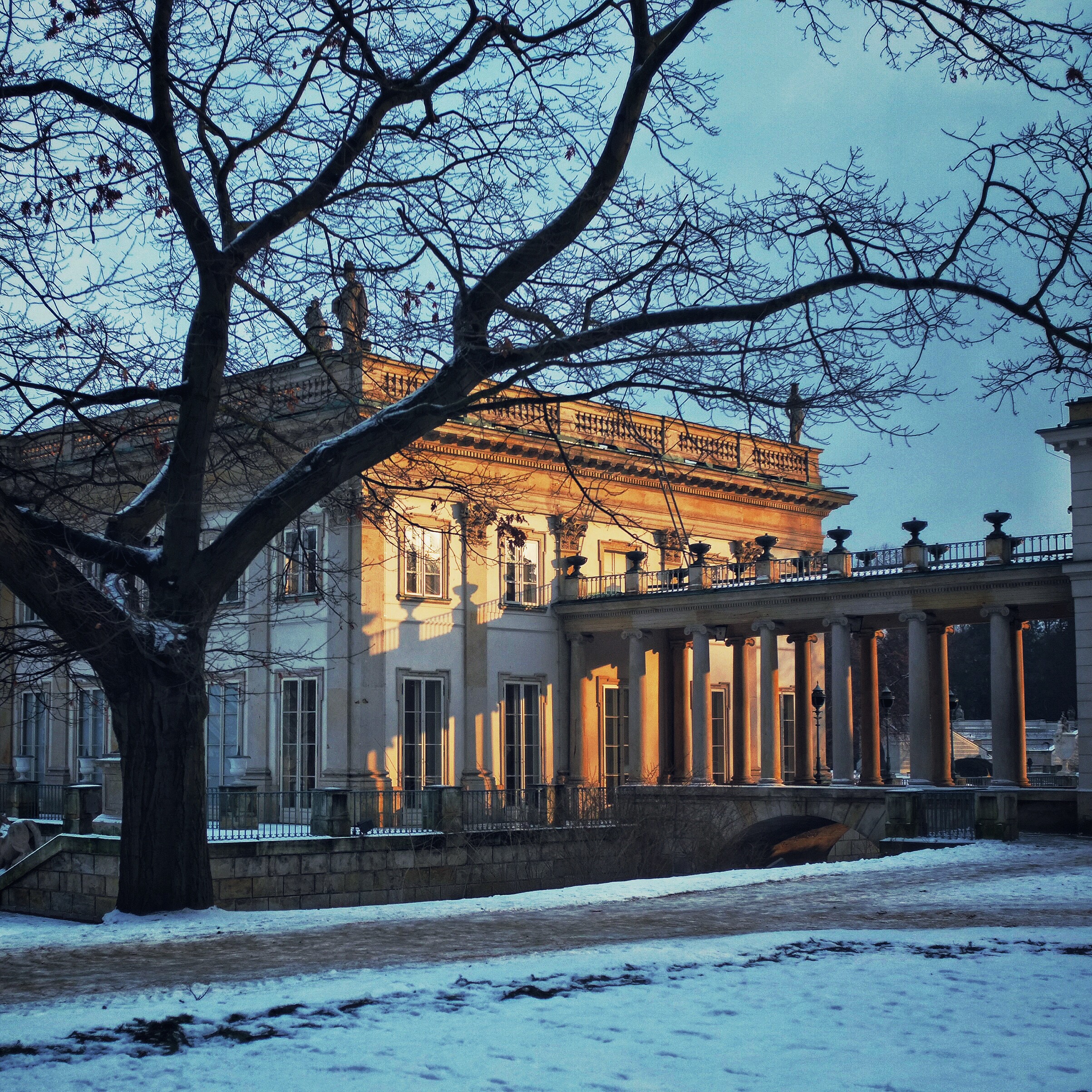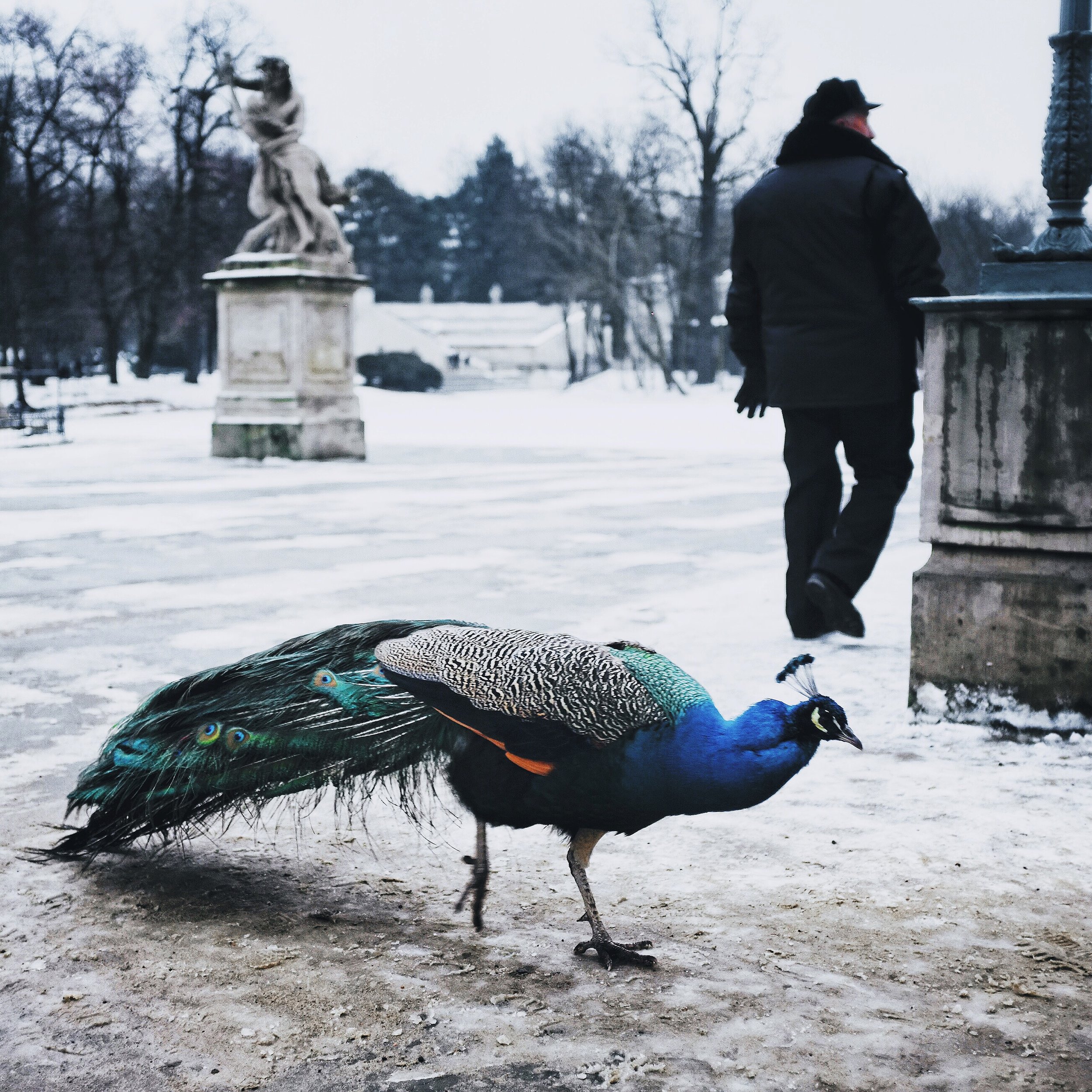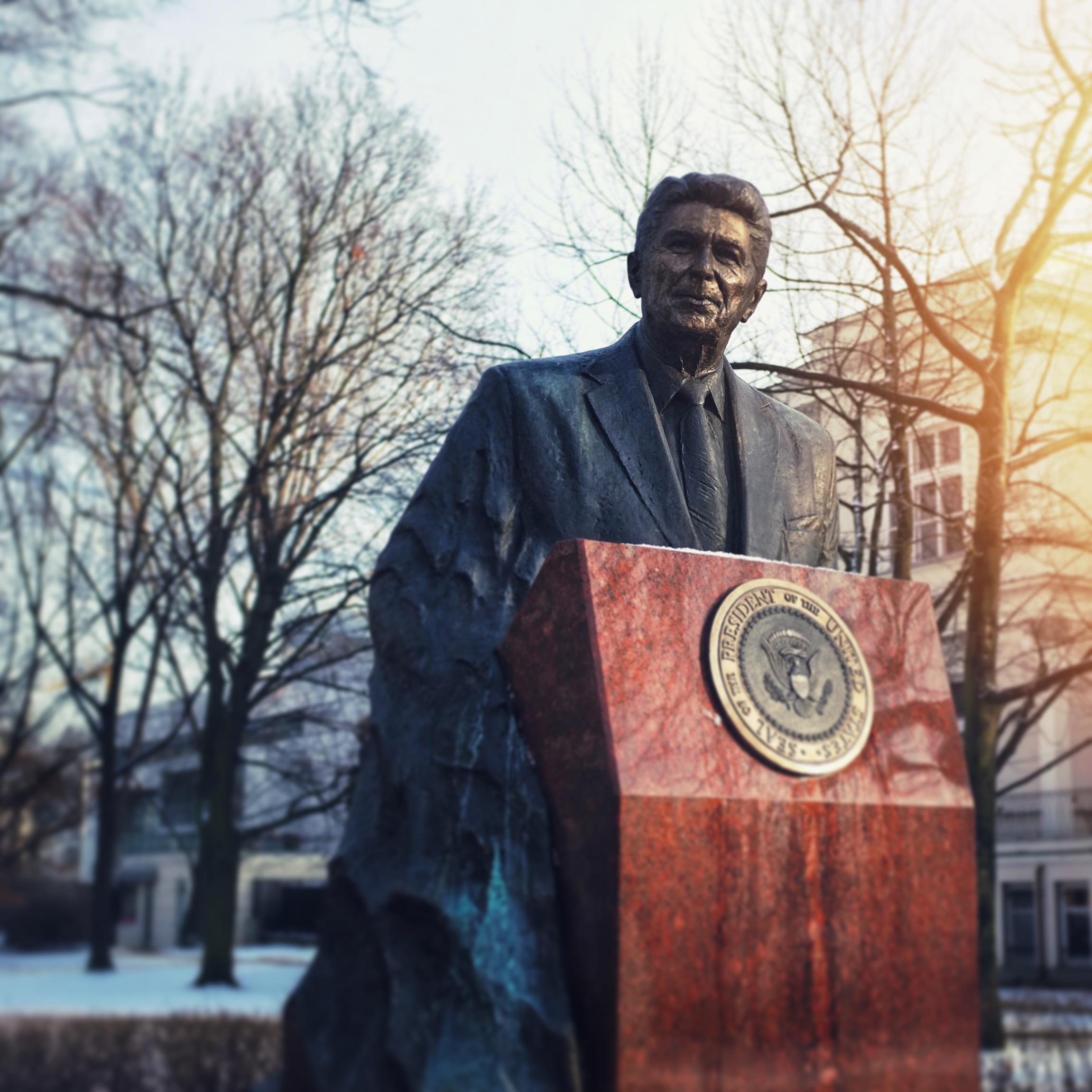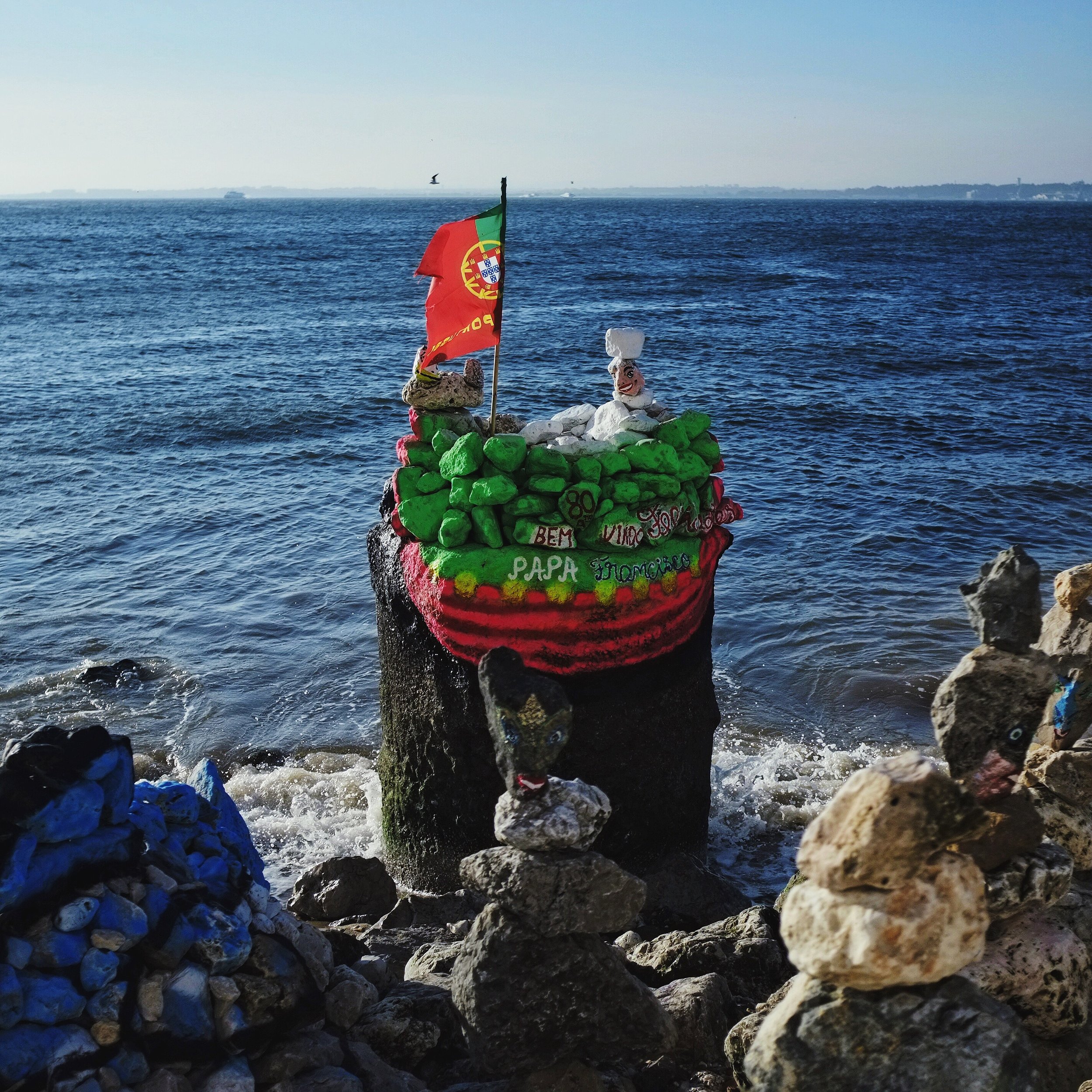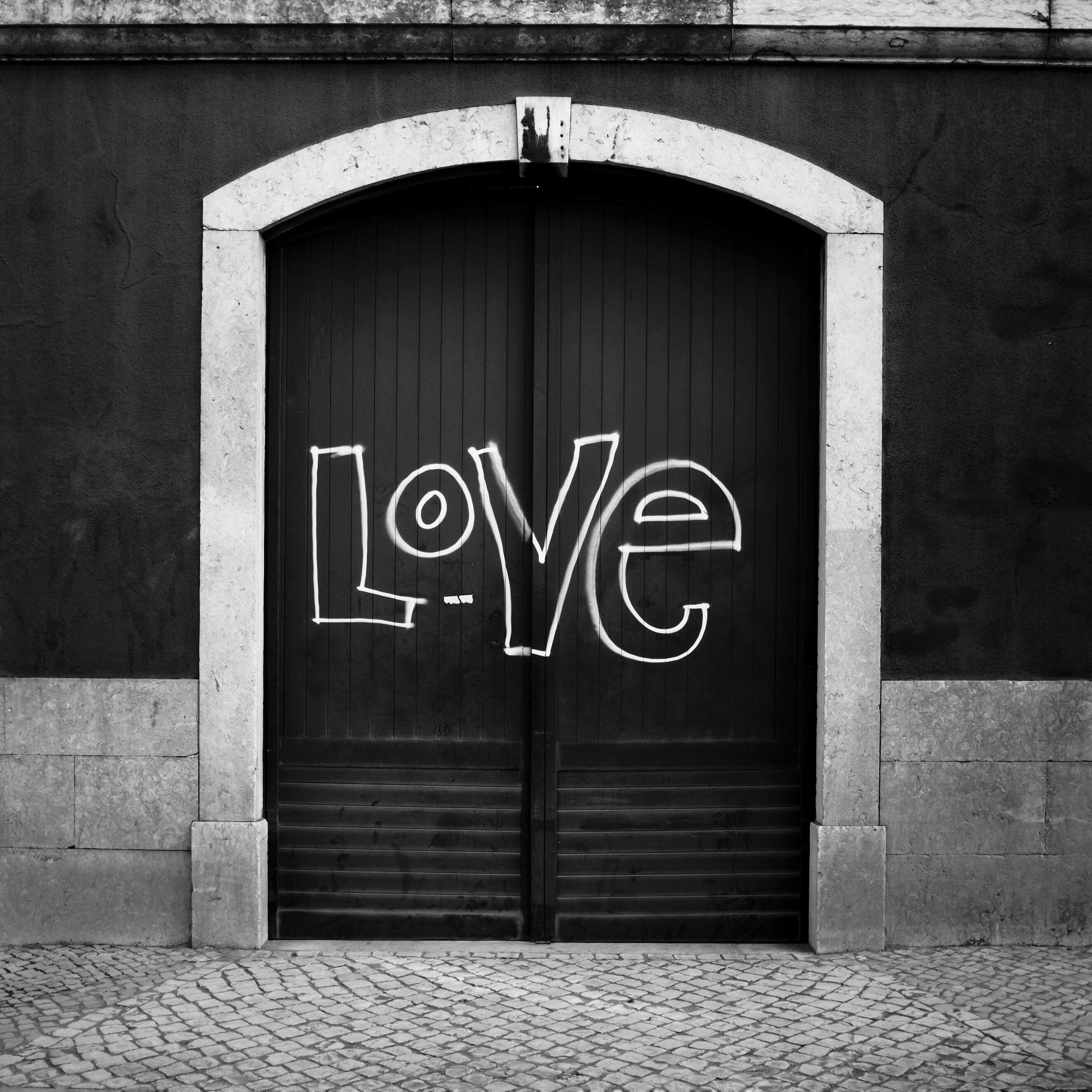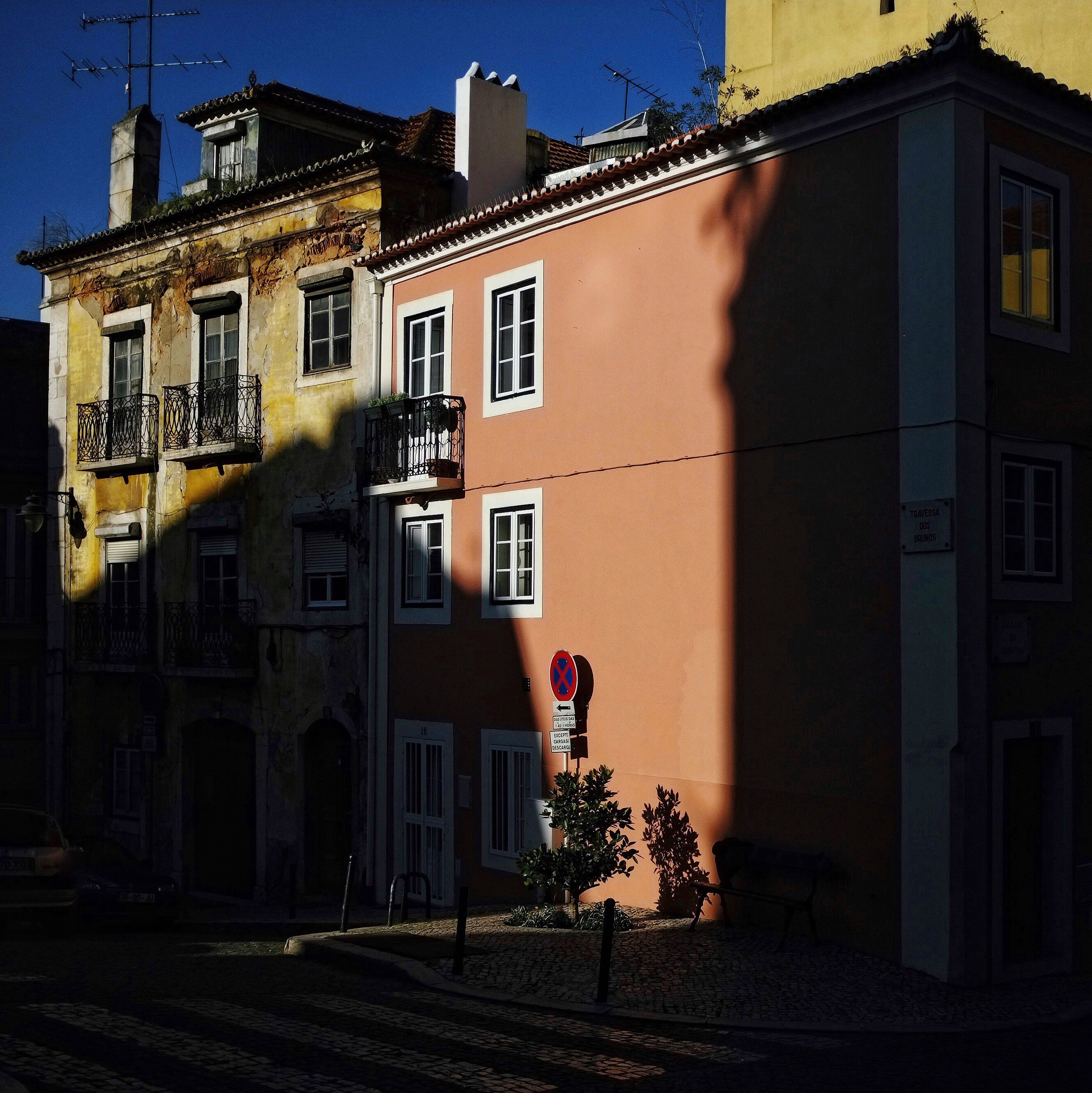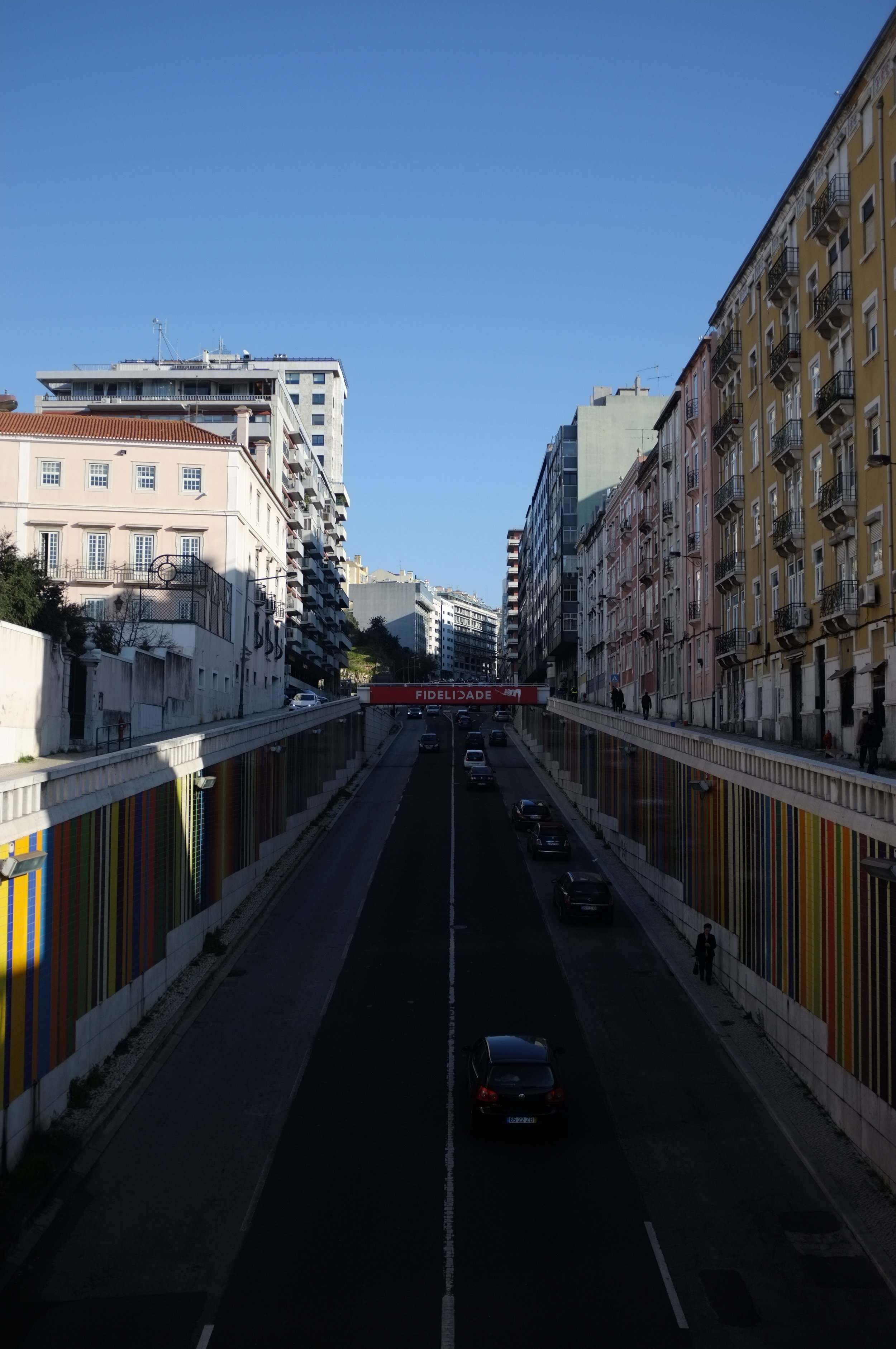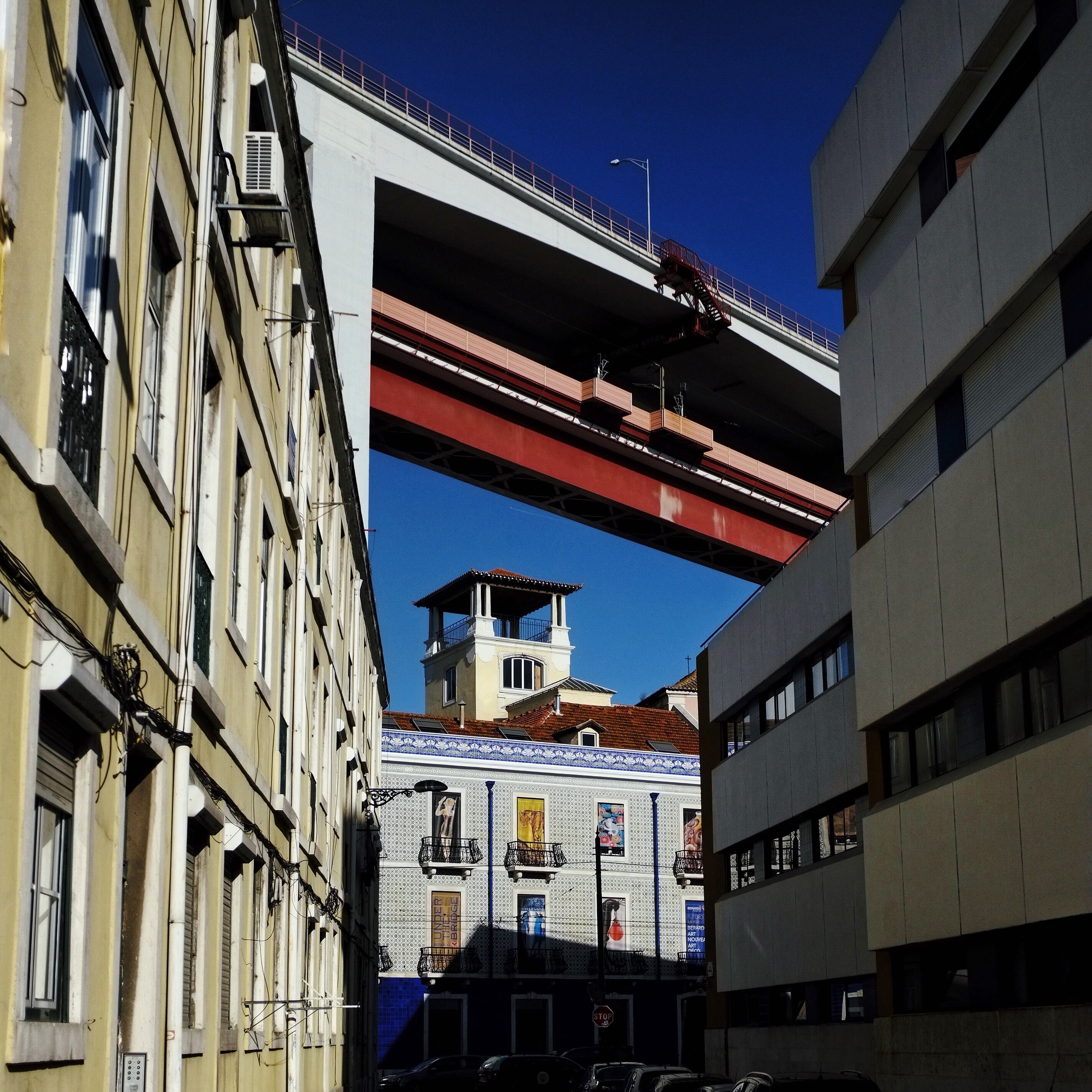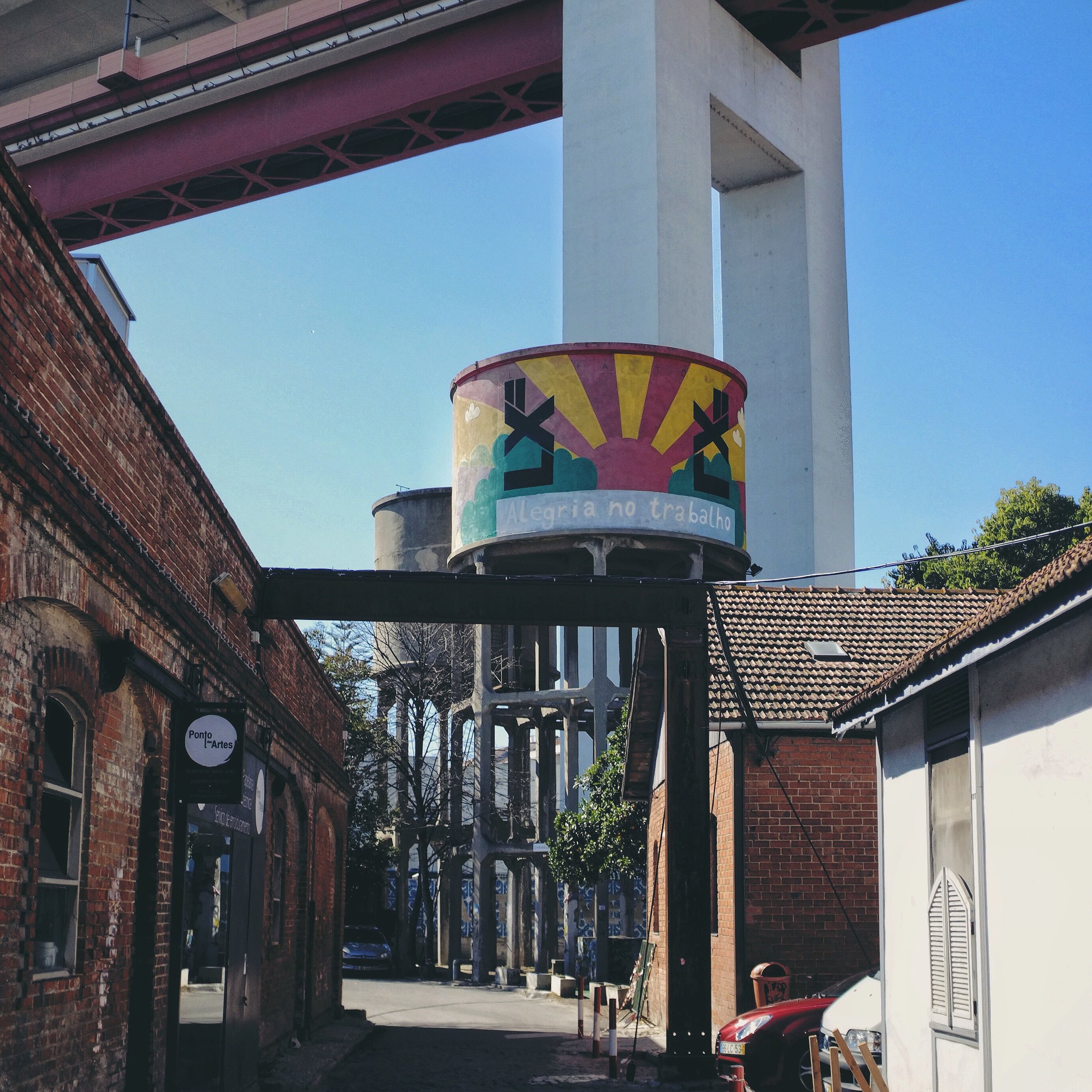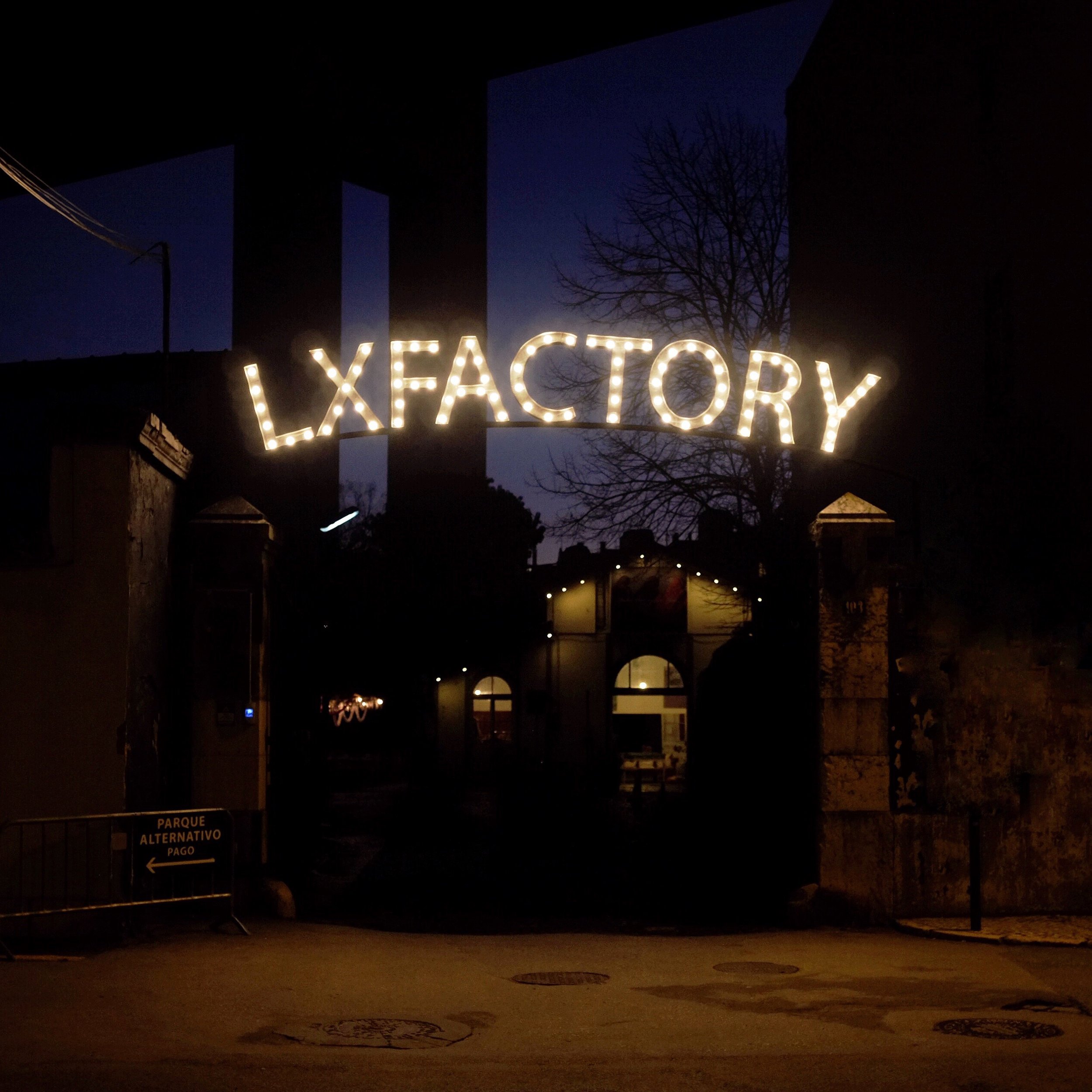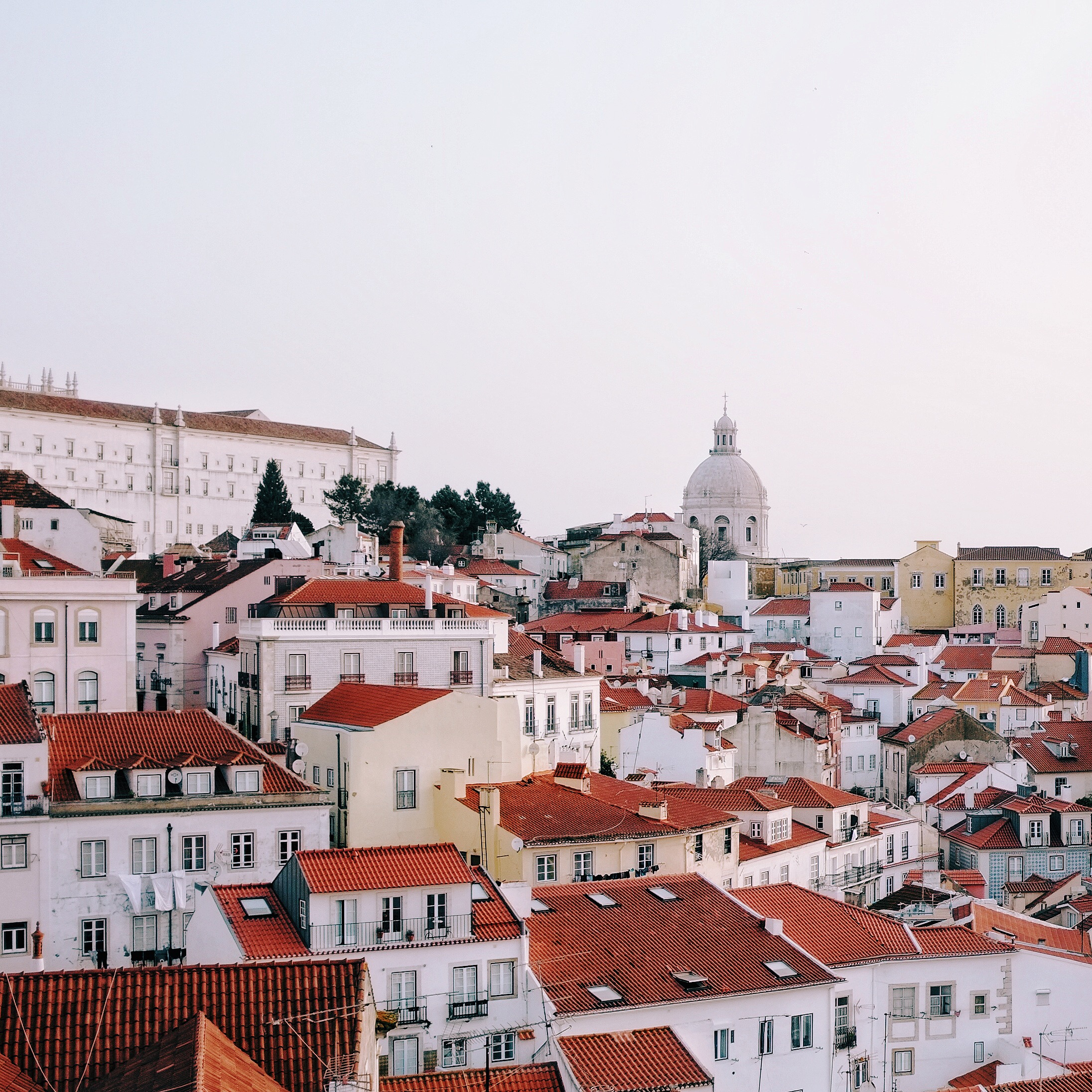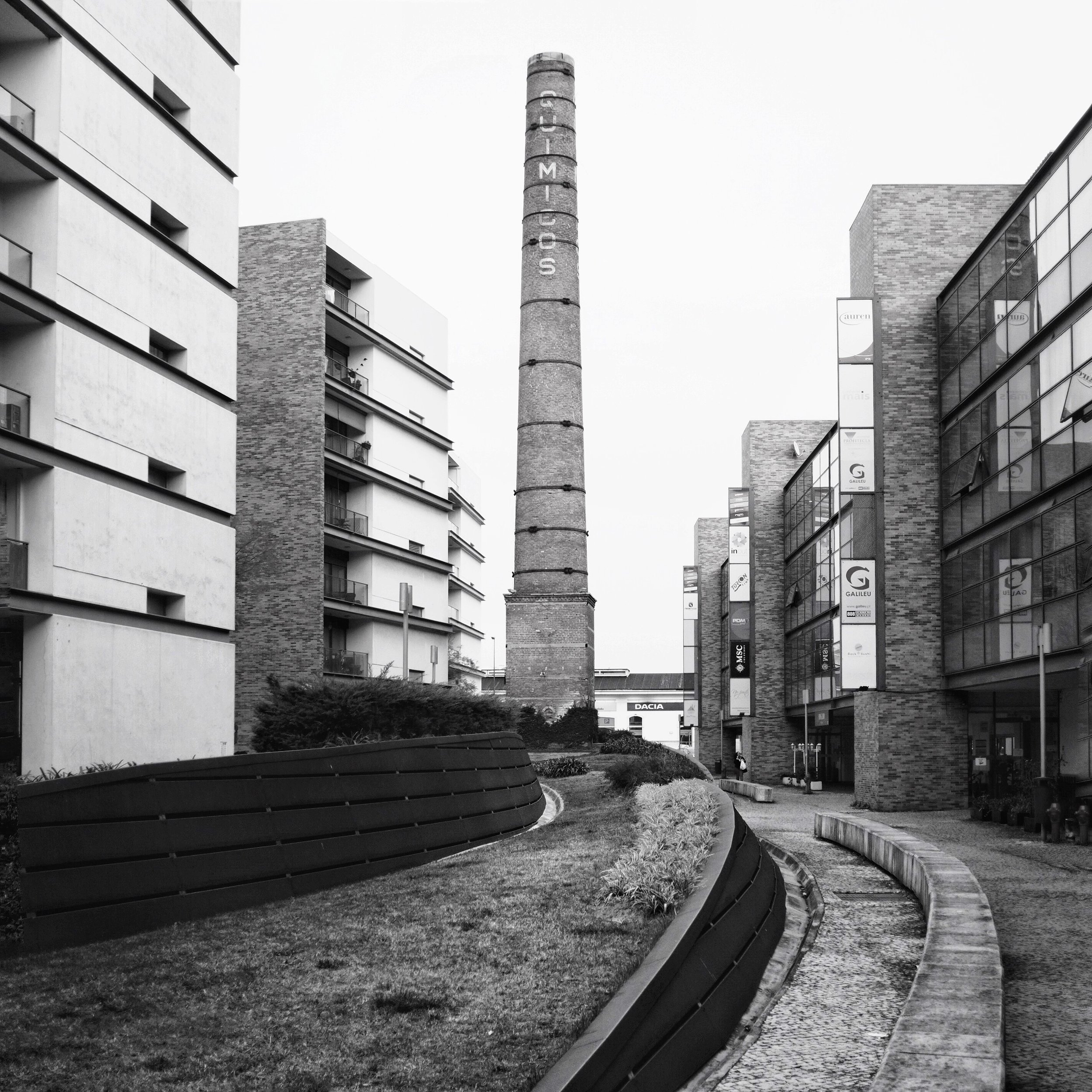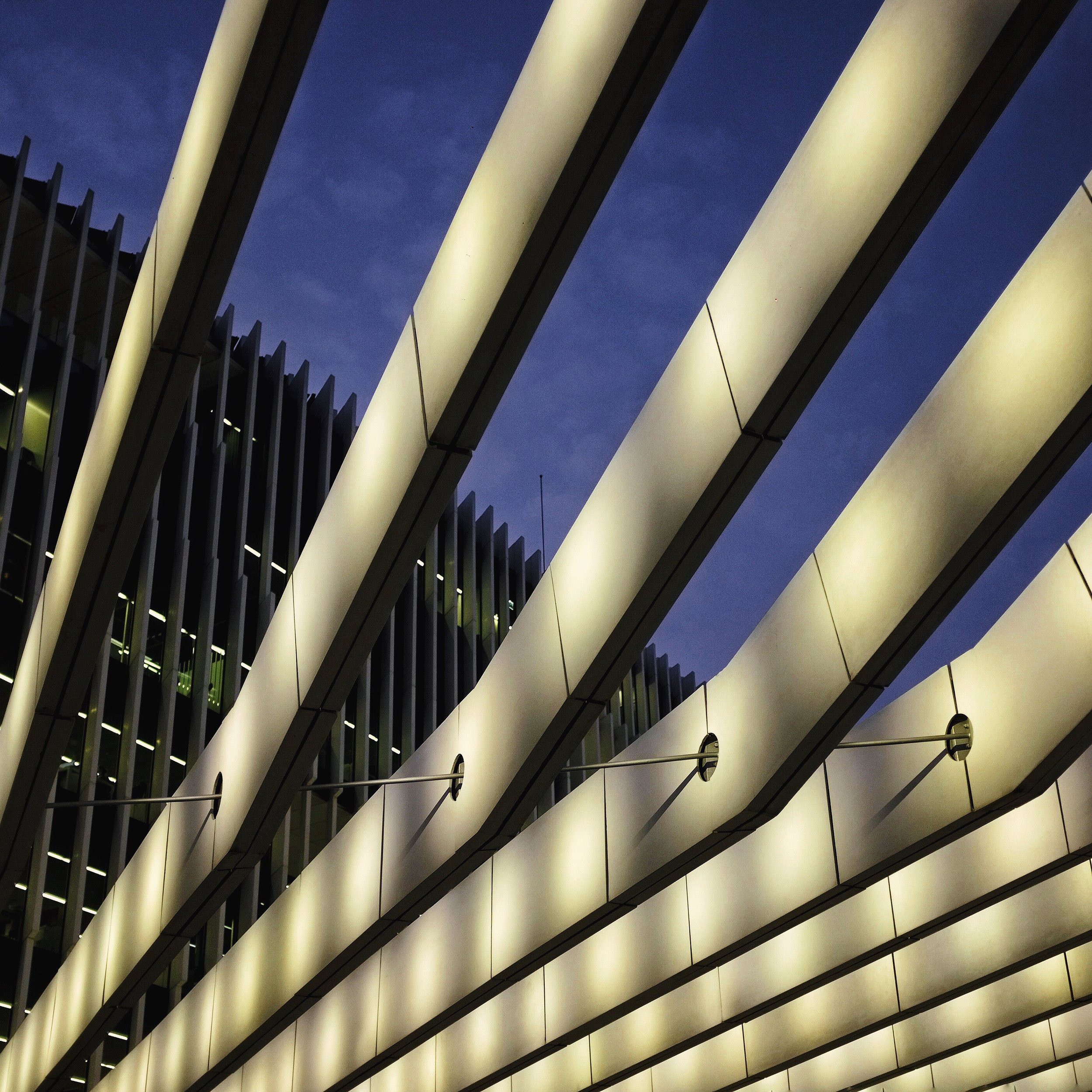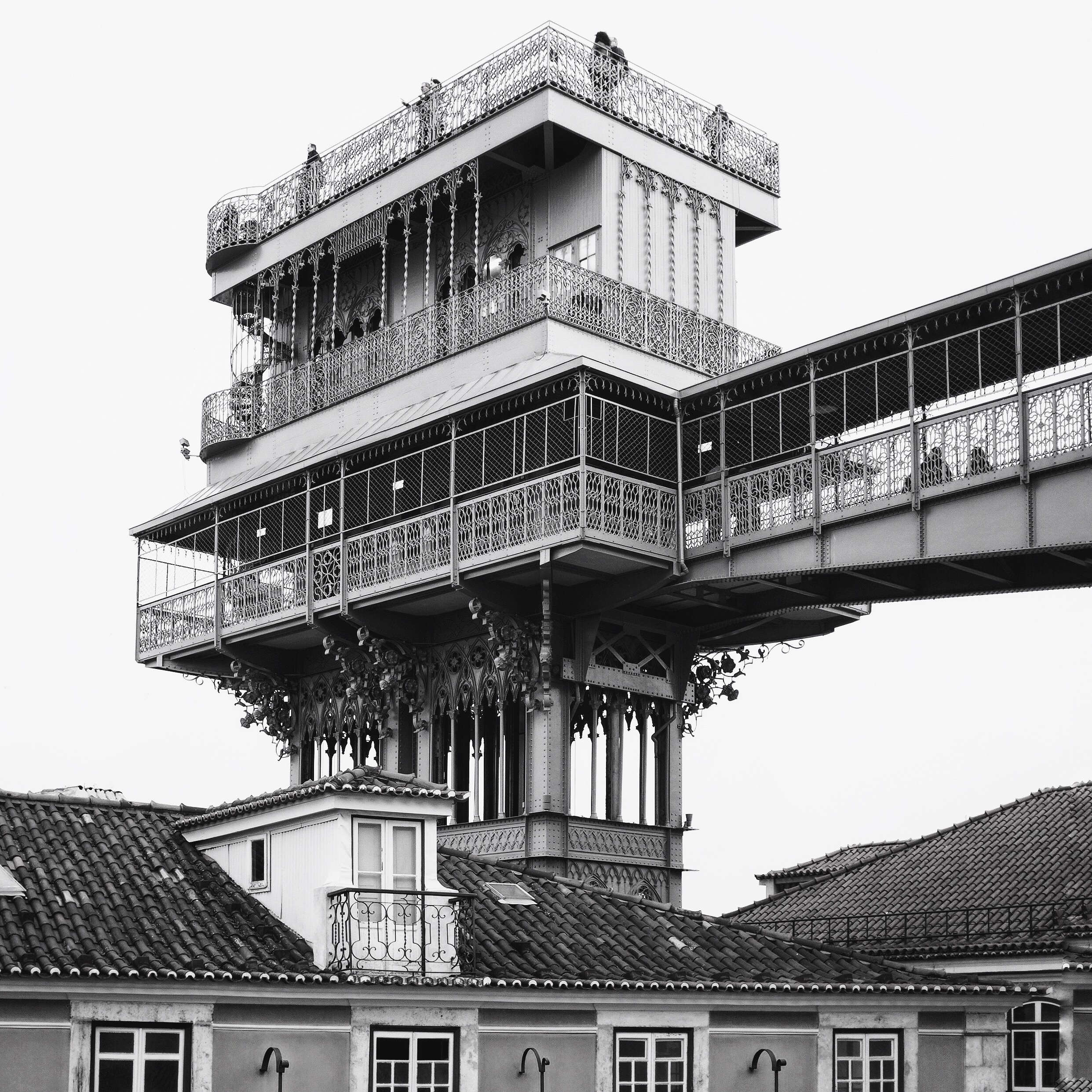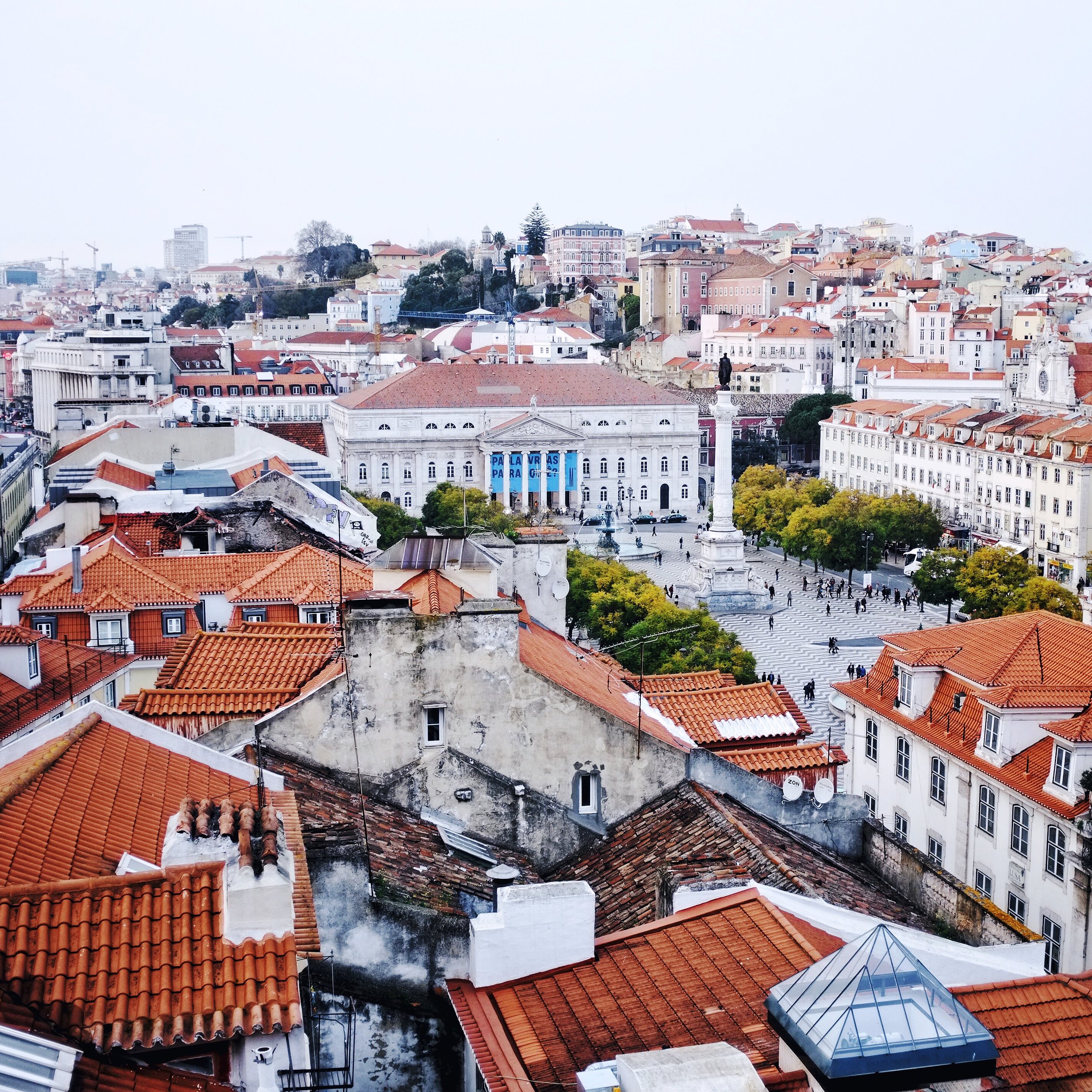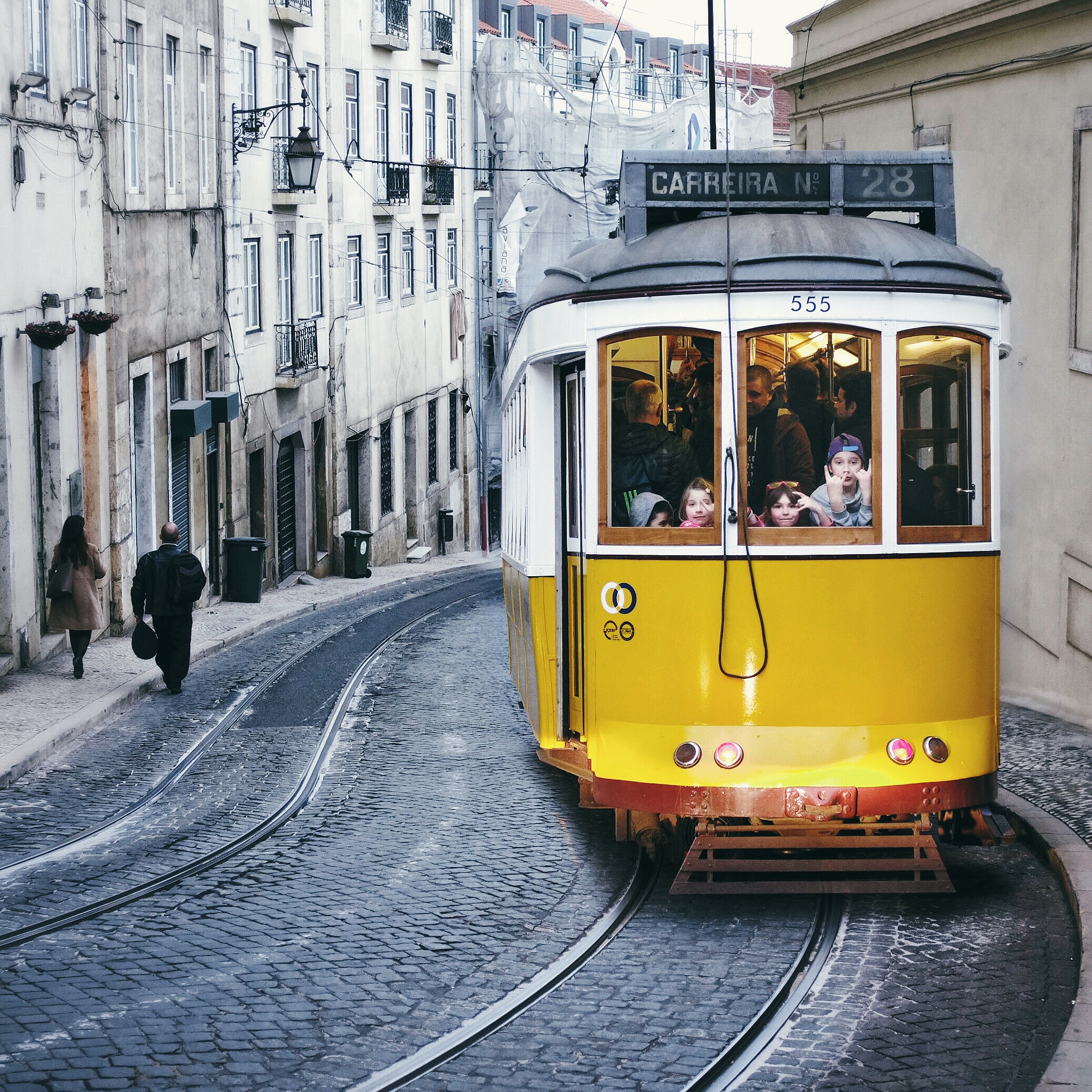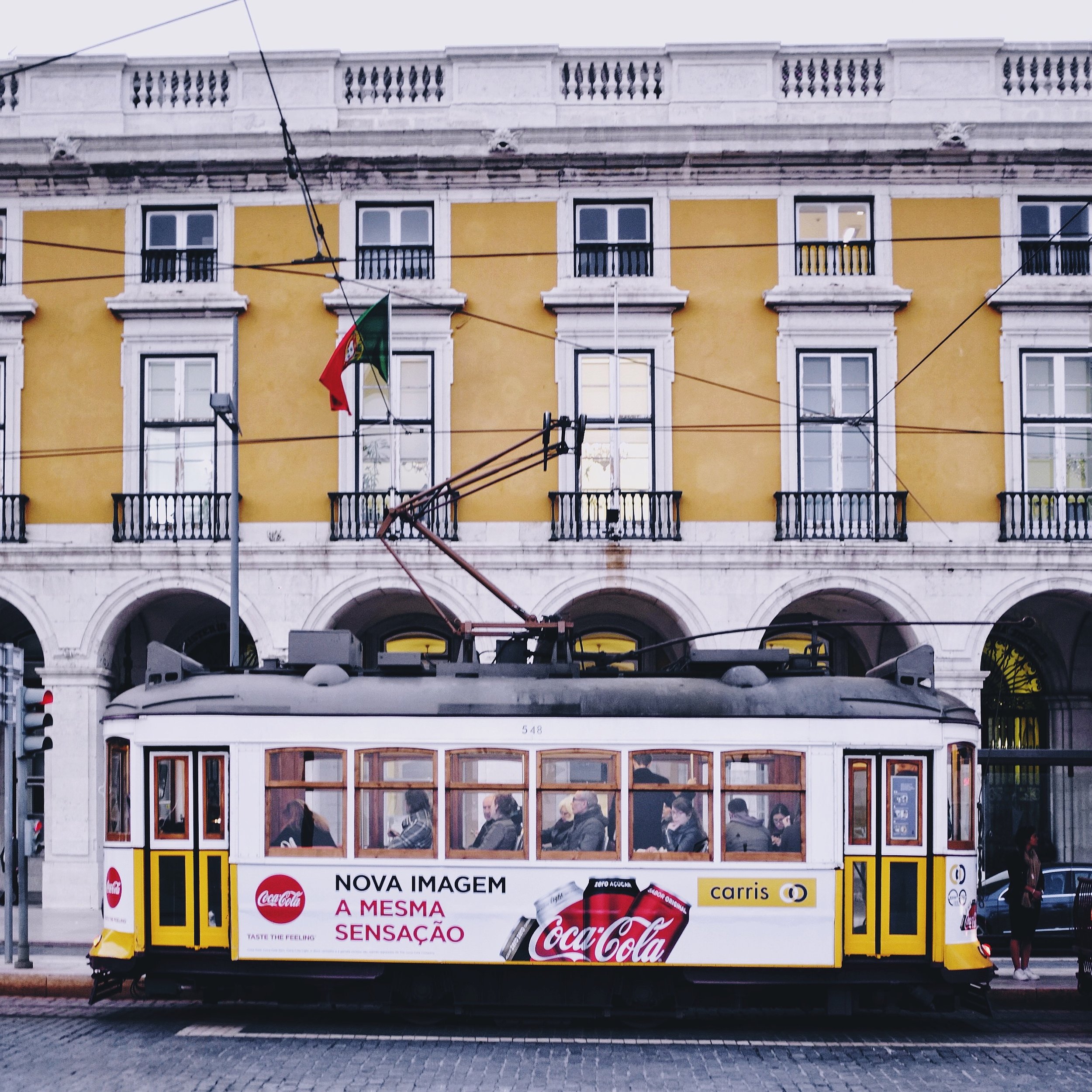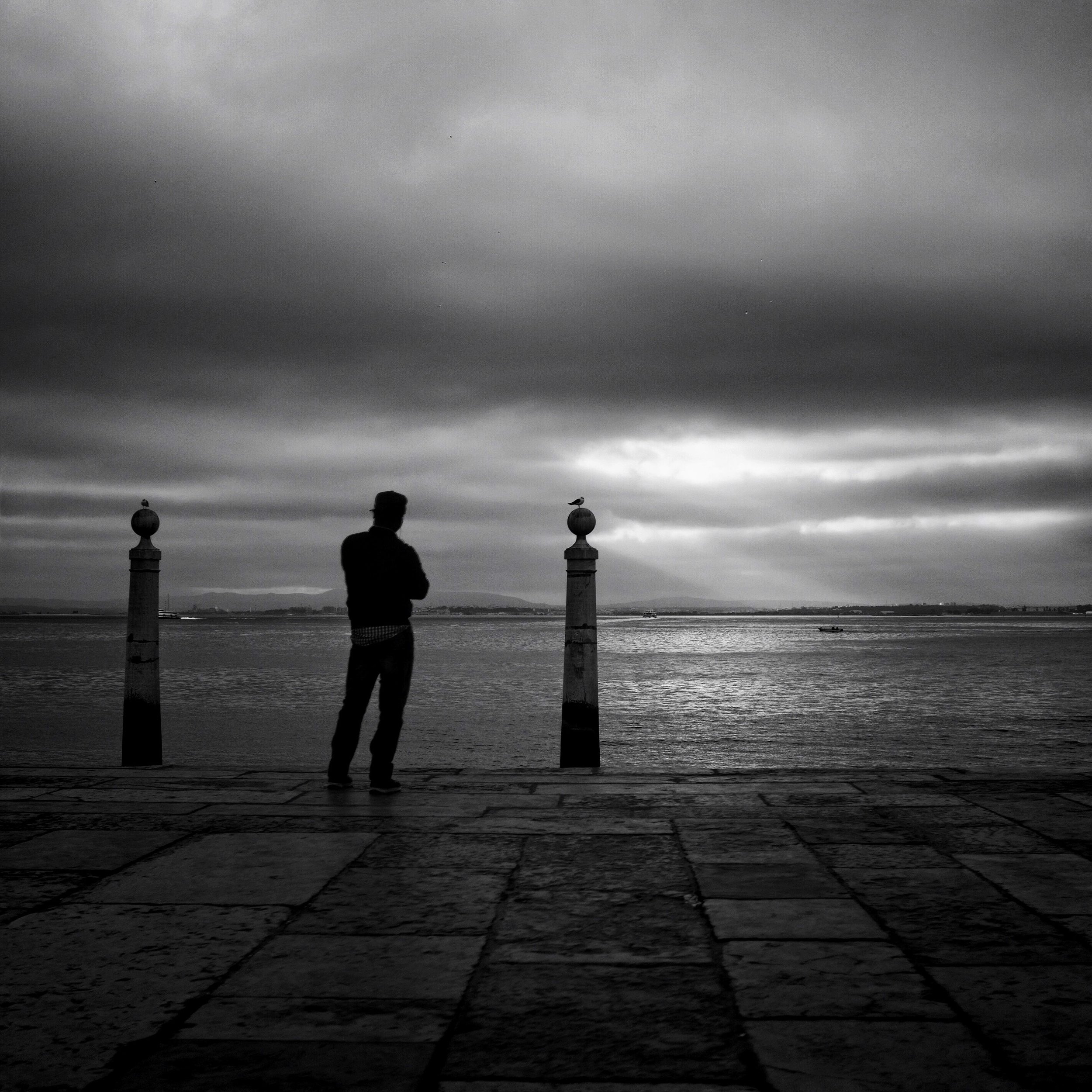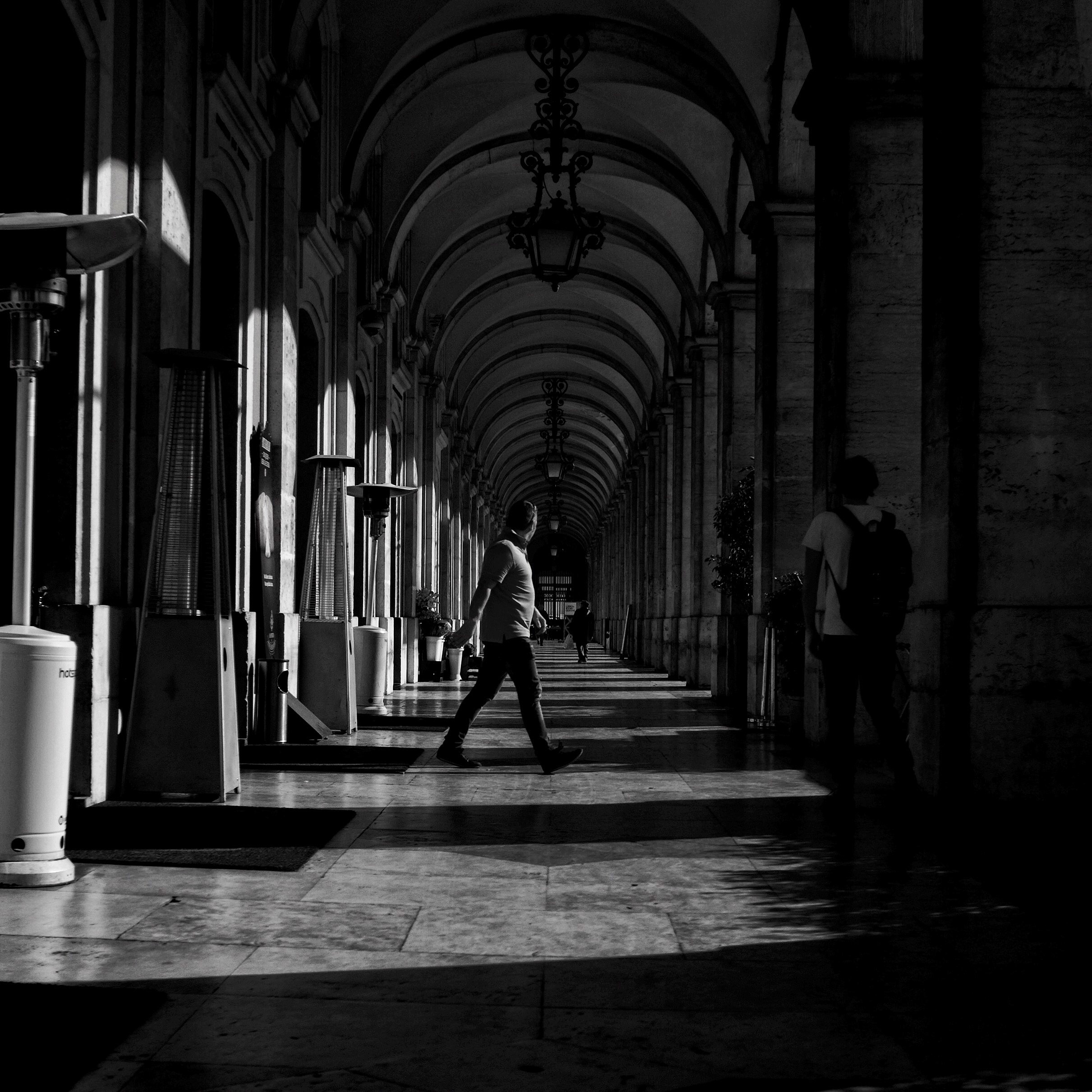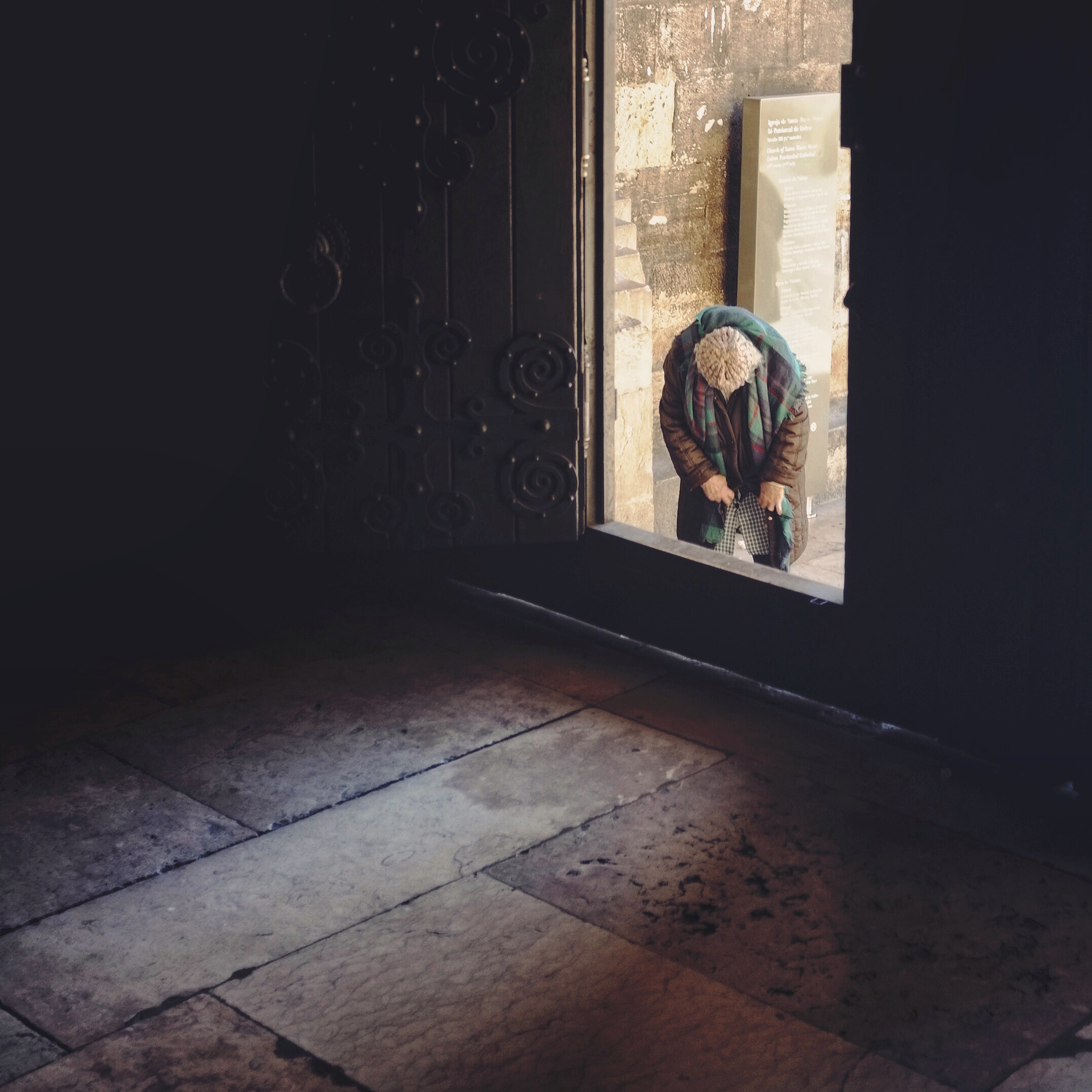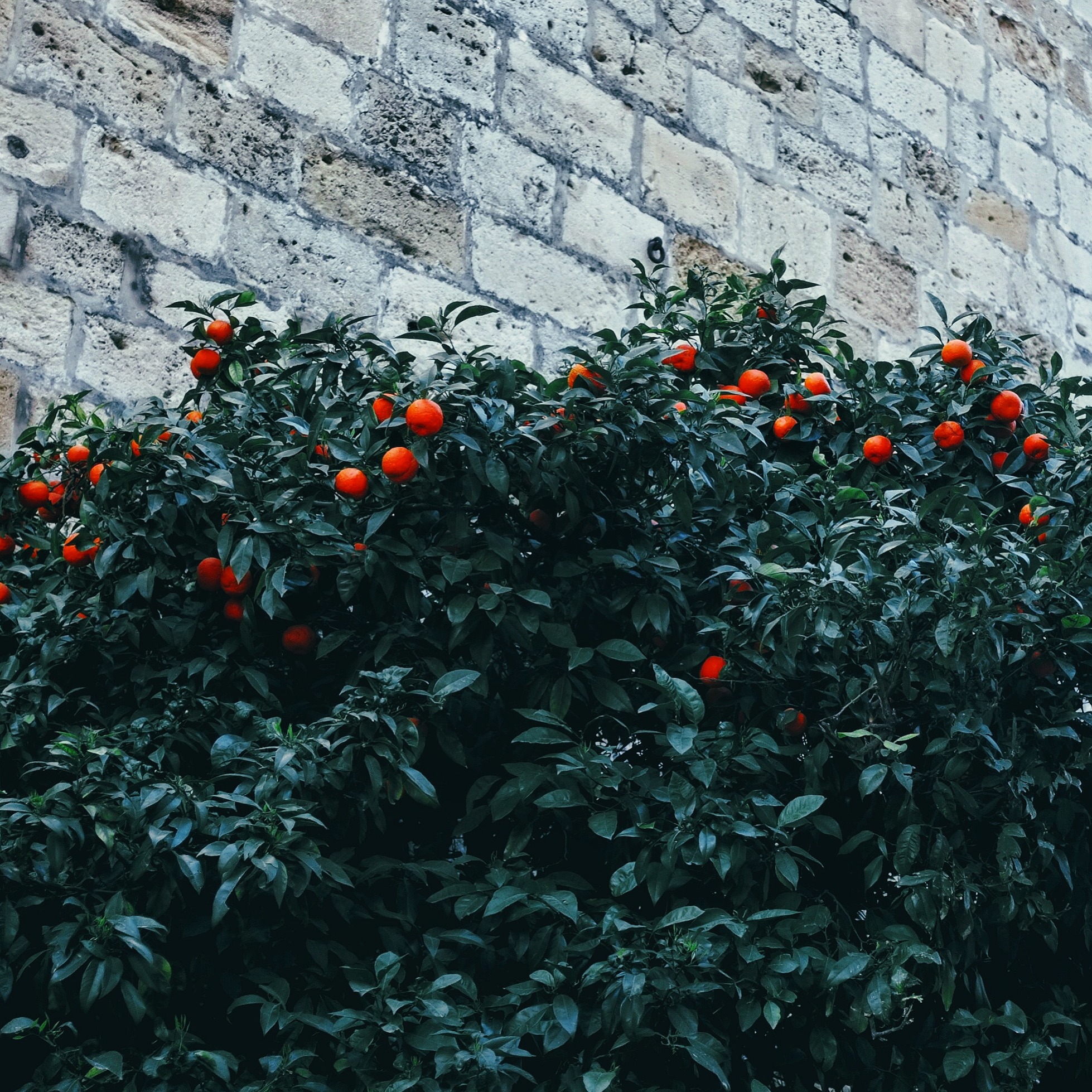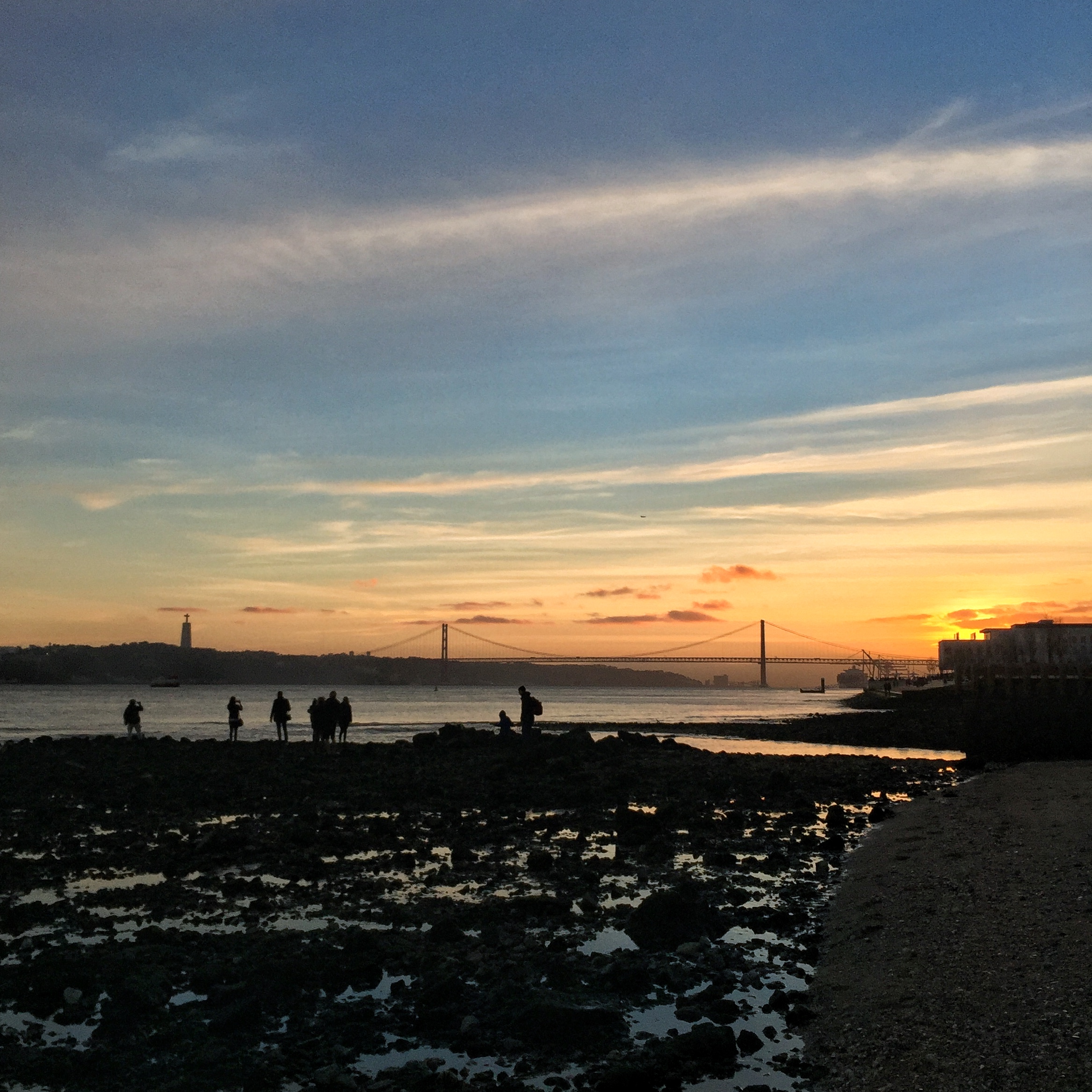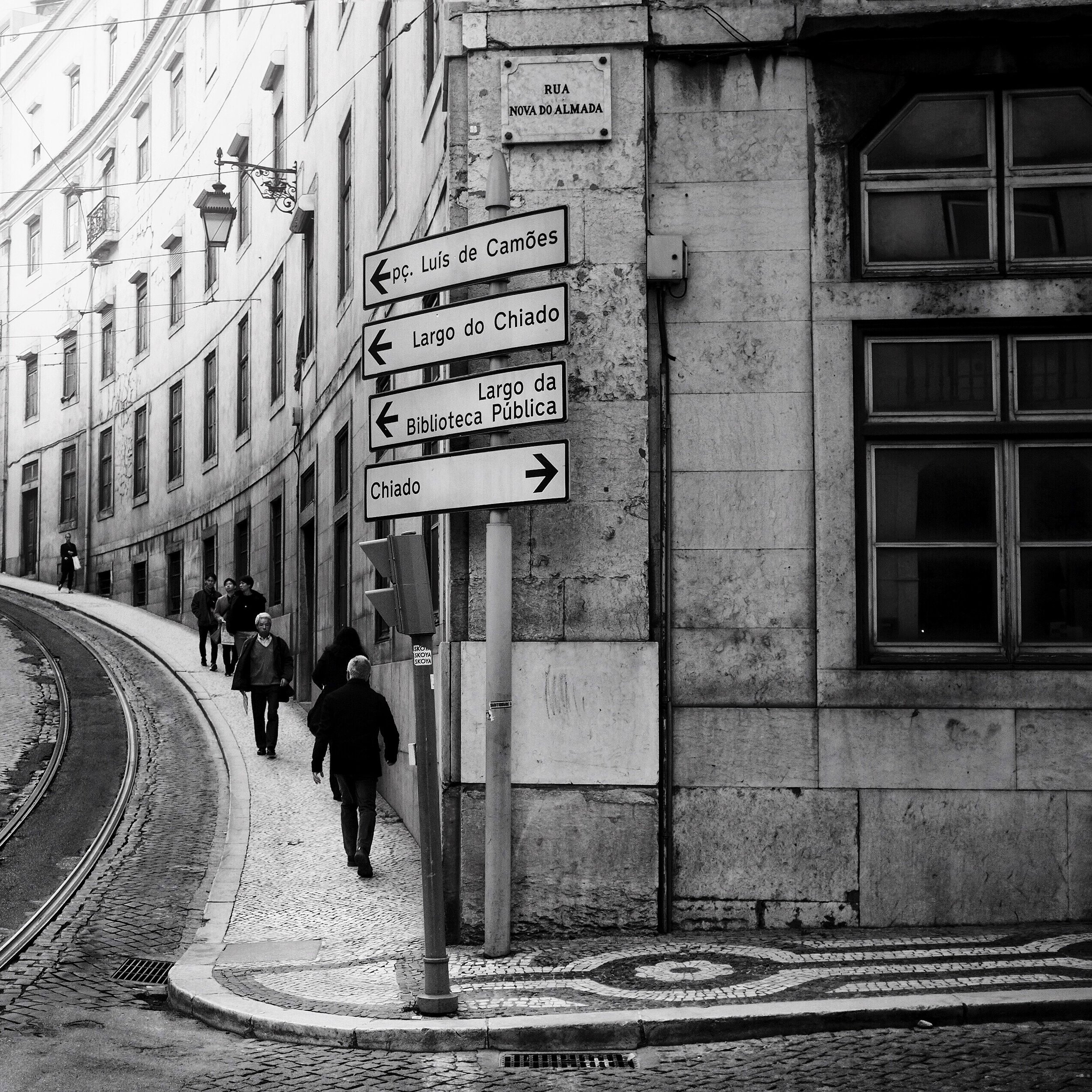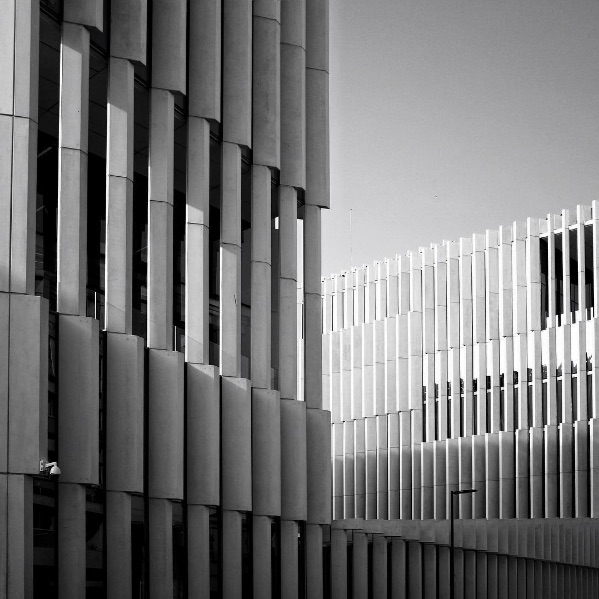NOTE: I am shooting on a full frame camera. If you're shooting on a cropped sensor camera (APS-C sensor) then these comments will apply more to a 35mm prime.
The Great Grandaddy of street photography, Henri Cartier-Bresson, was a proponent of this focal length, using it almost exclusively throughout his career. So I figured I would be in good hands with this one.
Starting off from the station I felt immediately at home with this focal length. I have heard people suggest that 50mm on a full frame camera is pretty close to the natural focal length of the human eye, and I could feel that straight away. I had this strange experience when I was looking around for shots to take; the moment I lifted the camera to my eye, the shot I had envisioned was right there in my viewfinder, with no intermediate calculation needing to take place.
It felt very natural.
When shooting with the 24mm, or even the 35mm, I found that I had to try and lock the focal length in my minds eye to predict the composition of each potential shot, but with the 50mm, "what you see is what you get."
I think this is why the 50mm is my favourite street focal length.
It's a great compromise between standing far off and compressing the background, and having to get in your subjects face, distorting them in the process. It gives you context by included background elements, but also separates your subjects nicely.
It really is a great allrounder.
In the world of primes, your legs are your zoom anyway, and I find the 50mm puts you in a comfortable place to shoot most of the action. It makes your viewer feel like a part of the scene, but doesn't mean you have to be shooting in people's personal space to do it.
There is this scene in the opening of "The Bang Bang Club", where one of 4 photojournalists covering the violent transition of power in '92 in South Africa, pulls out a long lens and begins shooting the action from a safe distance. The 3 other characters in the movie come hurtling past him right into the middle of the action with 50mm primes to get the shots. After things have calmed down they turn to their timid colleague and tell him to 'throw that lens away and get into the action with a 50mm, or else you can't call yourself a photojournalist.' Famous war photographer, Robert Capa, used to say, "If your photos aren't good enough, you aren't close enough."
There is a great deal to be said for the proximity of photographer to subject when it comes to street photography, and how this effects the viewers perception.
This lens will get you close without the compromises. I know some people take quotes like this and insist on shooting even wider (35mm) but I find that the trade off with distortion, and the fact that you effect the scene by getting too close, aren't worth it.
For me this lens is the one I use the most often. This is my street photography, go-to prime.
The Canon 50mm f1.4 was the first prime I bought and is my baby, both because of the quality, and the sentimentality as it marked my entrance into the world of serious photography. The 50mm prime is always the cheapest prime in any brand, and is often the first lens people buy for their DSLR's, aside from their kit lens. It is the gateway to a whole wide world of better photography, and the beginning of the deep, dark gear hole. The Canon 50mm f1.8 is only around £90 (R1000) and is so worth the price. If you can shell out a bit more for the f1.4 it is really worth your money.
If you want a way in, this is it. Go grab one and get shooting.
Here are some more of the shots I got:


